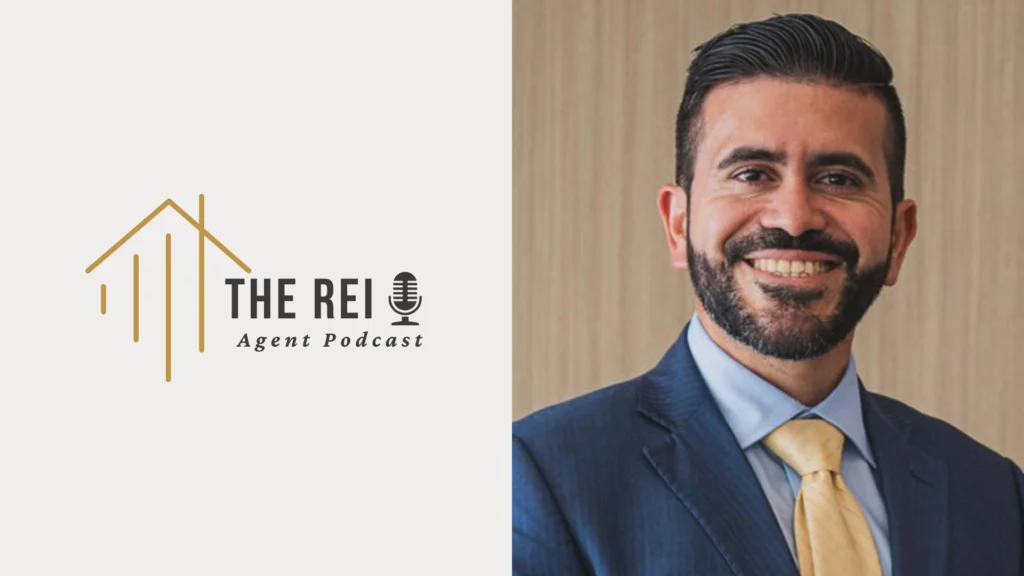Investment Property Sale Options
Introduction: Navigating the Choice Between a 1031 Exchange and Paying Taxes
When it's time to address the financial implications of selling your investment property, the decision between a 1031 Exchange and paying taxes is a fork in the road worth exploring.
A 1031 Exchange offers the opportunity to defer capital gains taxes, letting you reinvest and potentially grow your wealth.
On the flip side, paying taxes upfront simplifies your financial landscape and provides immediate clarity.
Each option carries its own set of advantages and challenges, making it crucial to align your choice with your long-term financial vision.
So, how do you decide which path aligns best with your goals?
Understanding the 1031 Exchange
When diving into the world of real estate investments, understanding the 1031 Exchange is vital. Imagine expanding your real estate portfolio without the burden of paying capital gains taxes immediately. The 1031 Exchange allows you to do just that by swapping one investment property for another.
The key here is to focus on like-kind properties, which means the properties you exchange must be of similar nature or character, even if they differ in quality or grade. This flexibility empowers you to diversify or upgrade your holdings while deferring taxes. Mastering the rules and timelines of the 1031 Exchange is essential for successful execution, as adhering to IRS guidelines guarantees compliance and maximizes benefits.
However, the process isn't automatic. You need a qualified intermediary to facilitate the exchange. This neutral third party holds the proceeds from the sale of your relinquished property, making sure you don't touch the funds, which could disqualify the exchange.
Your intermediary handles the legal and financial aspects, ensuring every step aligns with IRS regulations. The journey through this exchange can feel like traversing a complex maze, but with the right guidance, you're not just preserving wealth—you're maximizing growth opportunities.
Embrace the 1031 Exchange as a strategic tool, revealing the potential to build a more prosperous real estate future.
Tax Implications of Selling Property
Selling a property triggers a series of tax obligations that every investor should understand to avoid unexpected financial burdens. When you make a sale, the IRS wants its share of your profits, known as capital gains. Imagine you bought a property years ago, and its value has soared. This increase in property valuation can bring a hefty tax bill if you're not prepared.
Understanding capital gains tax is essential. You're taxed on the difference between the selling price and your original purchase price, adjusted by improvements you've made. This is your profit, and the IRS considers it taxable income. The rate depends on how long you've held the property. A short-term sale—less than a year—means higher rates, while long-term gains might be taxed lower.
To minimize the burden, consider the property's basis. Add any improvements to the original cost to potentially lower your taxable gain.
Traversing these waters can feel intimidating, but embracing the knowledge empowers you. You're not just selling a property; you're managing a significant financial event. With clarity and foresight, you can steer through these tax implications confidently, ensuring your financial journey remains buoyant and promising.
Benefits of Deferring Taxes
While paying capital gains tax can considerably reduce your profits from a property sale, deferring these taxes can offer substantial financial advantages. Imagine having the power to direct more of your money towards future opportunities, rather than handing a chunk of it to the taxman.
By utilizing effective tax strategies, like a 1031 exchange, you can delay those taxes and reinvest the full amount of your sale proceeds into new properties. This approach not only preserves your capital but also sets the stage for significant investment growth.
Think of it this way: deferring taxes is like giving your investment portfolio a chance to blossom. You're planting seeds today that can sprout into a more robust financial future.
With more funds available for reinvestment, you can diversify your holdings, explore new markets, and potentially increase your overall returns. Plus, the compounding effect means that over time, your wealth could grow exponentially.
Challenges of a 1031 Exchange
Maneuvering a 1031 exchange might seem like a straightforward way to defer taxes, but it comes with its own set of hurdles. You might encounter timing challenges, as the process demands a strict adherence to IRS deadlines.
You have 45 days to identify potential replacement properties and 180 days to close on one, which can be a race against the clock. These deadlines can create stress and pressure, impacting your decision-making.
Property valuation is another vital aspect. You need to guarantee that the replacement property is of equal or greater value than the one you're relinquishing. Accurate assessments are essential, or you might end up paying more taxes than anticipated.
Consider these challenges:
- Complex Timelines: Missing deadlines could mean losing the tax deferral.
- Accurate Valuation: Misjudging property value can affect the tax benefits.
- Market Fluctuations: Changing market conditions might impact property availability and pricing.
- Limited Flexibility: Strict rules limit your options, requiring careful planning.
Understanding these obstacles empowers you to navigate a 1031 exchange more effectively, turning potential pitfalls into stepping stones.
Despite the challenges, with careful planning and diligence, you can use a 1031 exchange to your advantage.
Deciding What's Best for You
Choosing between a 1031 exchange and paying taxes involves weighing several key factors to determine what aligns best with your financial goals.
This decision can shape your future, so it's essential to reflect deeply on your investment strategy and where you want to be financially. Are you focused on growth and expansion, or do you prefer simplicity and immediate returns?
Consider how a 1031 exchange might fit into your broader investment strategy. By deferring capital gains taxes, you could reinvest more of your money into new opportunities, potentially accelerating your wealth-building journey.
This path might be ideal if you want to diversify your portfolio or upgrade to a more lucrative property. However, it requires commitment and a long-term vision.
Alternatively, paying taxes now could offer peace of mind and liquidity. You'll have clear-cut financial obligations, freeing you to pivot or simplify your investments.
This choice might suit you if your financial goals involve reducing risk or if you need funds for immediate ventures.
Ultimately, the best path depends on your unique situation. Trust your instincts, consider your financial goals, and let your investment strategy guide you.
The choice is yours to make, with your future in mind.
Conclusion
Make Your Choice: 1031 Exchange or Pay Taxes?
Choosing between a 1031 Exchange and paying taxes on your property sale is a significant decision, and it's important to weigh your options carefully.
Did you know that nearly 88% of investors who use a 1031 Exchange successfully reinvest their capital into more lucrative properties?
Reflect on your long-term goals, envision your financial future, and trust your instincts.
Whether you seek growth or immediate clarity, the path you choose should align with your dreams and aspirations for wealth and stability.
Take this opportunity to chart a course that supports your vision.
Assess your priorities, gather the facts, and make a decision that propels you toward your financial goals.
Don't wait any longer—your future is in your hands.
Make your choice today, and take action on the path that resonates with your ambitions.





















